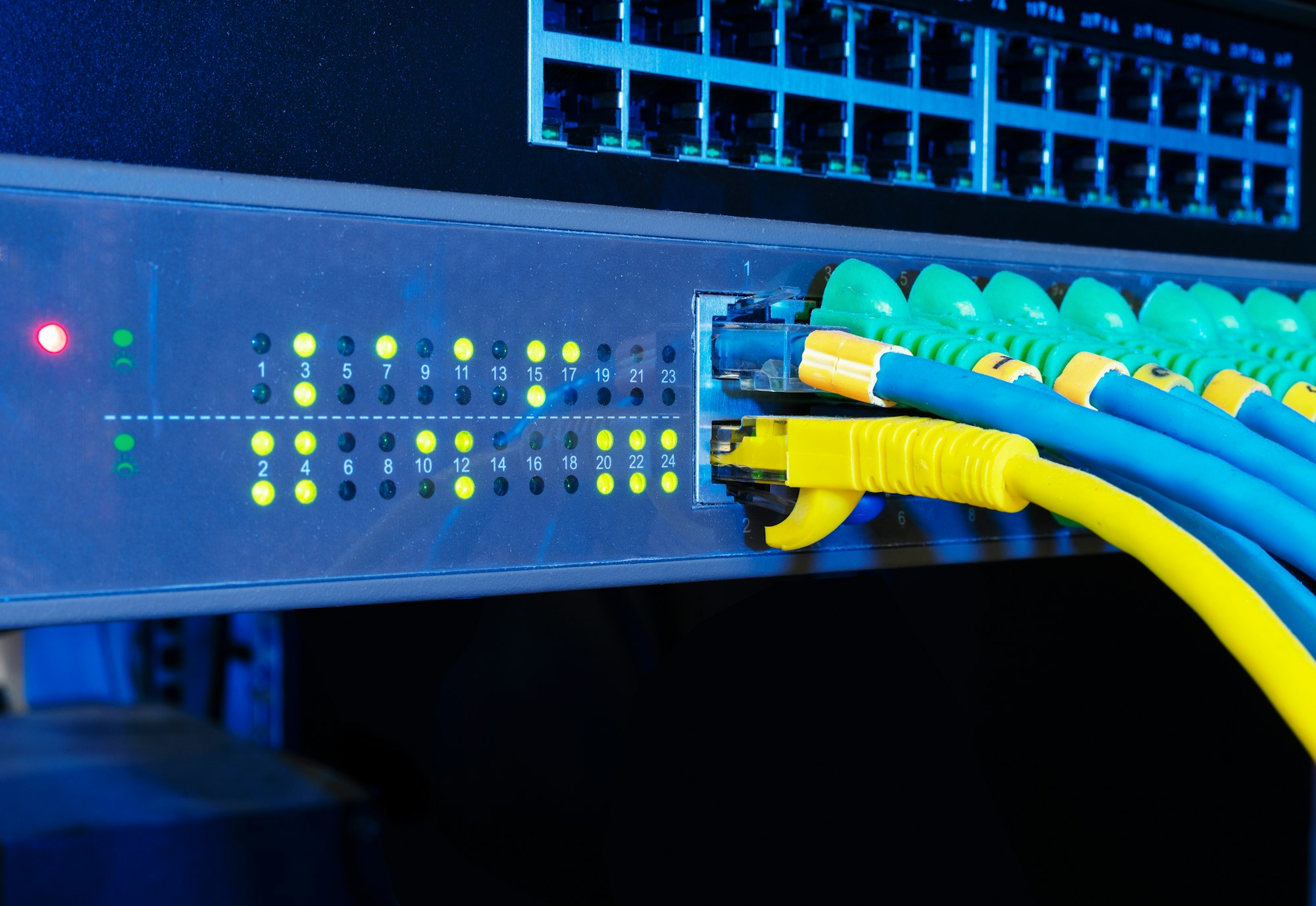Guide to patching alma linux servers for optimal security

Patching Alma Linux servers is essential for safeguarding your digital environment. Regular updates mitigate vulnerabilities that can have severe implications for security. Neglecting patch management invites risks, potentially compromising sensitive data and exposing systems to attacks. This guide highlights effective strategies, tools for automation, and best practices for monitoring and compliance, ensuring your servers maintain optimal security. Stay proactive and protect your infrastructure by implementing robust patch management practices.
Importance of patching Alma Linux servers
In the realm of server management, the importance of patch management cannot be overstated, especially when it comes to Alma Linux. This operating system, while robust, is not immune to vulnerabilities. Common Alma Linux vulnerabilities can include outdated software packages, misconfigured services, and exposed network ports, each posing a significant security risk. Regular security updates are crucial in maintaining optimal security practices, as they address these vulnerabilities and protect against potential threats.
Lire également : Discover mickey's mystery box: a treasure trove of surprises
Neglecting patch management can have dire consequences. Unpatched vulnerabilities can lead to unauthorized access, data breaches, and service disruptions. For instance, a single overlooked patch could allow attackers to gain control over a server, compromising sensitive information and damaging an organization's reputation.
To mitigate these risks, implementing a structured patch management strategy is essential. This involves routinely monitoring for updates, testing patches in a controlled environment, and applying them promptly. By doing so, organizations can ensure their Alma Linux servers remain secure and resilient against emerging threats, safeguarding their digital assets and maintaining operational integrity.
Cela peut vous intéresser : How Is Blockchain Enabling More Secure Peer-to-Peer Energy Trading in Microgrids?
Strategies for effective patching
To ensure the security of Alma Linux servers, implementing robust security patching strategies is essential. One key approach is to keep updated your alma linux servers through regular software updates. This practice helps in closing security gaps by addressing known vulnerabilities promptly. Automating this process can significantly enhance efficiency and reduce human error. Tools like Spacewalk and Red Hat Satellite offer automated solutions for patching alma linux servers, ensuring that updates are applied consistently and reliably.
Overview of the patching process
The patching process begins with identifying available updates and evaluating their relevance to your system. This involves understanding the nature of the patch, its impact, and any dependencies. Once identified, updates should be tested in a controlled environment to verify compatibility and functionality. After successful testing, patches are deployed to production environments, ensuring minimal disruption.
Tools for automating patch management
Automated tools play a crucial role in maintaining system integrity. They streamline the process of monitoring, downloading, and applying patches. By leveraging these tools, organizations can automate patch management, reducing downtime and freeing IT resources for other critical tasks. This proactive approach helps maintain a secure and resilient server environment.
Monitoring and compliance in patch management
Monitoring server security is a crucial component of effective patch management for Alma Linux servers. Utilizing monitoring tools provides real-time insights into the system's health and the effectiveness of applied patches. These tools help identify any discrepancies or vulnerabilities that might arise post-patching, allowing for swift remediation.
Ensuring compliance with security standards is equally important during the patching process. Compliance frameworks often dictate specific requirements for patch management, such as timely updates and thorough documentation. By adhering to these standards, organizations can avoid potential penalties and enhance their security posture.
Security lifecycle management plays a vital role in maintaining system integrity throughout the patching process. Implementing comprehensive change management processes ensures that any modifications made during patching are systematically tracked and evaluated. This approach not only maintains system stability but also supports compliance by providing a clear audit trail.
Incorporating these strategies into your patch management routine can significantly enhance your Alma Linux server's security and operational efficiency, ensuring that both monitoring and compliance are maintained at optimal levels.
